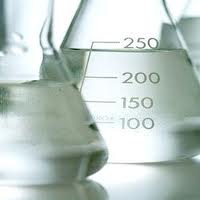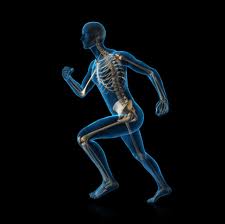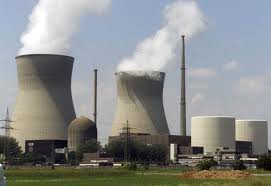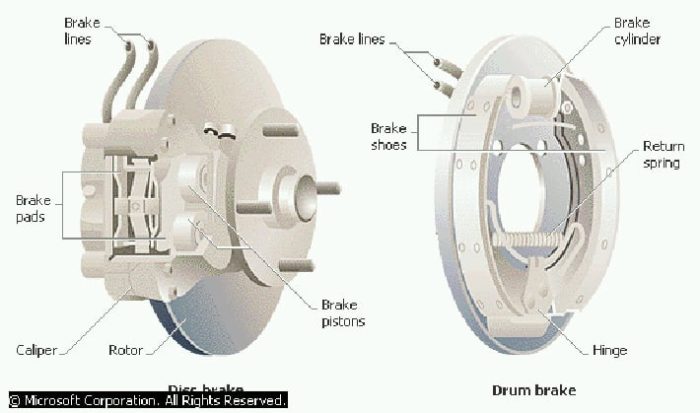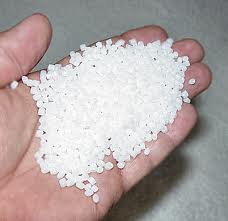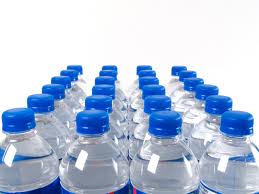Lipids and Biological Membranes
All cells are enclosed by a membrane composed of lipids, proteins and carbohydrates. Eucaryotic cells also have internal membranes that divide the cell into different compartments. Biological membranes have several important functions, including: They separate the contents of a cell or organelle from the surrounding environment. They control import and export of molecules (e.g., nutrients,…


